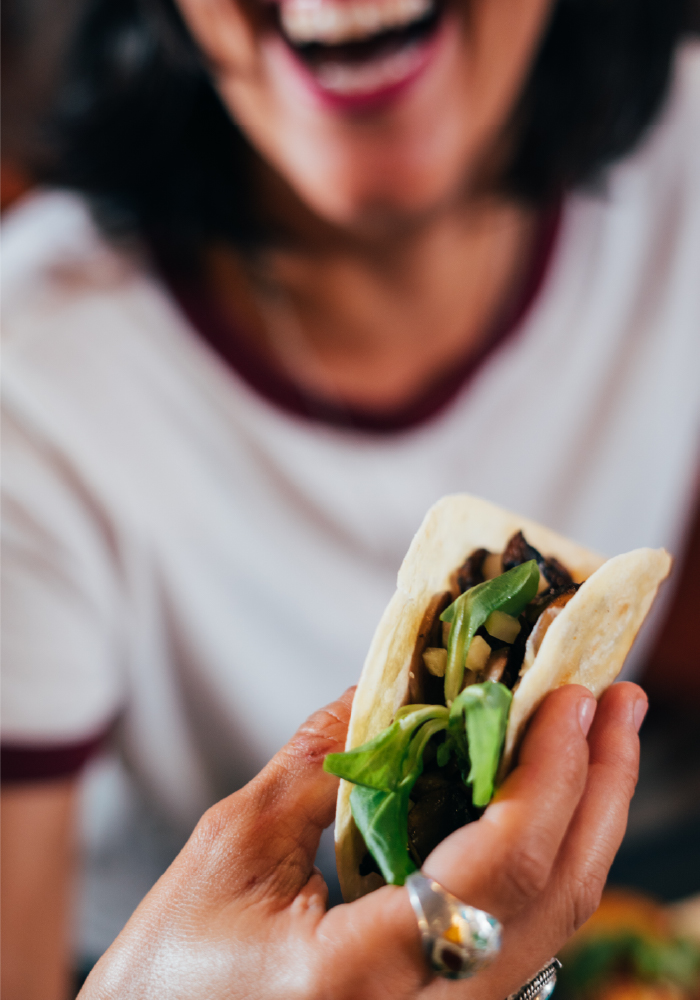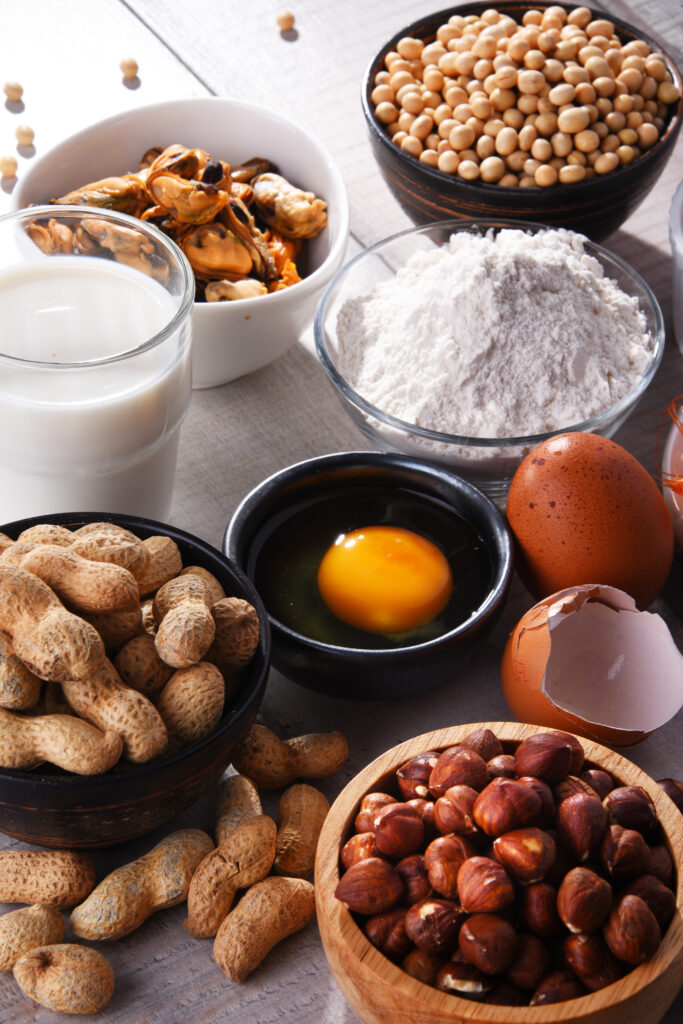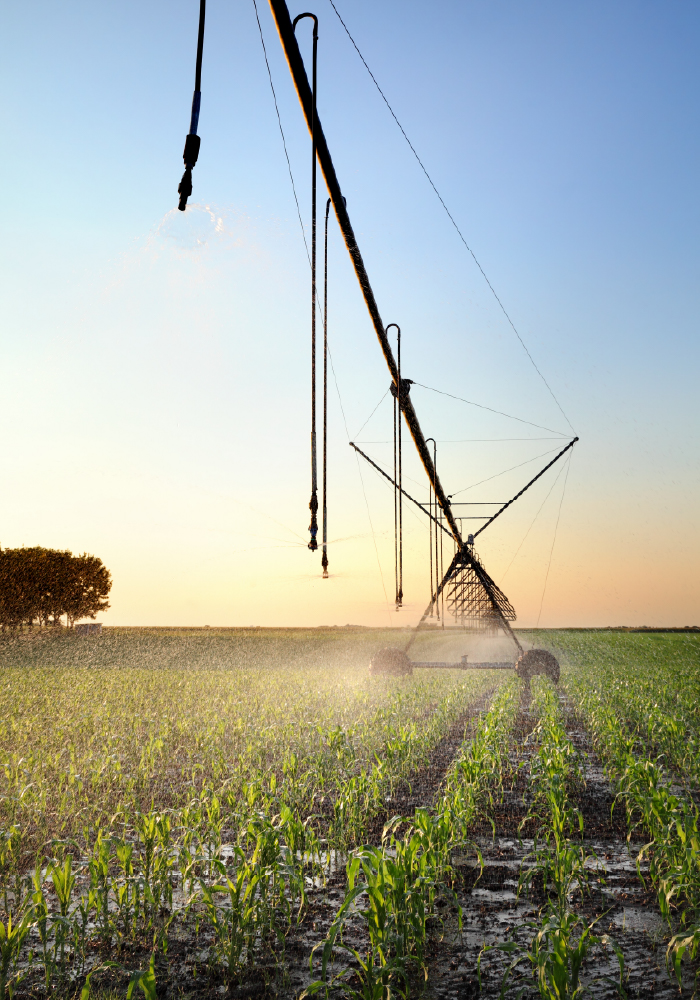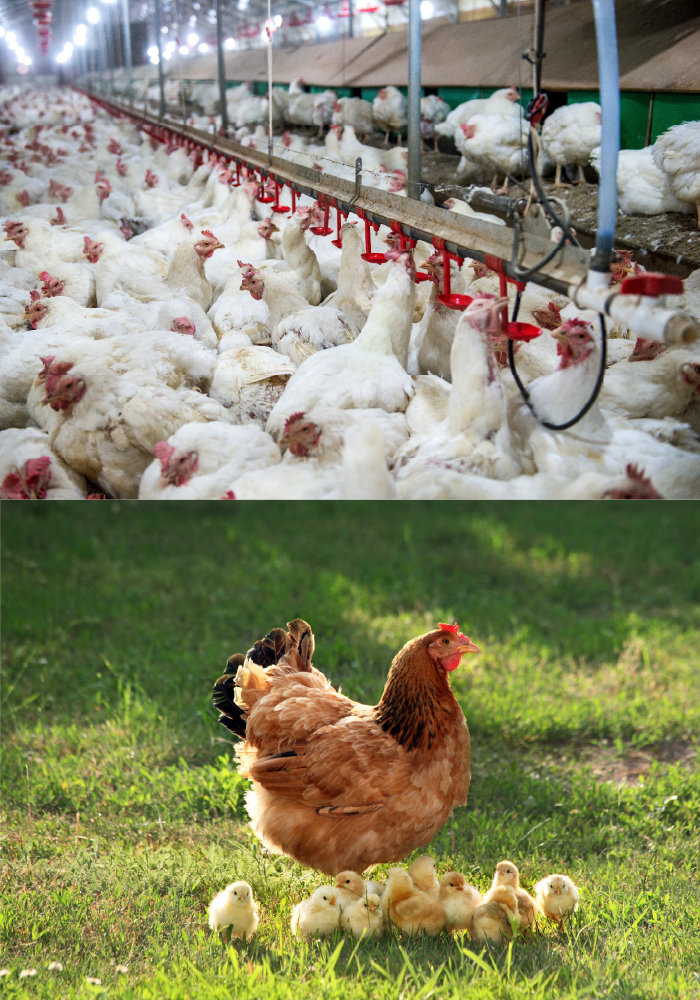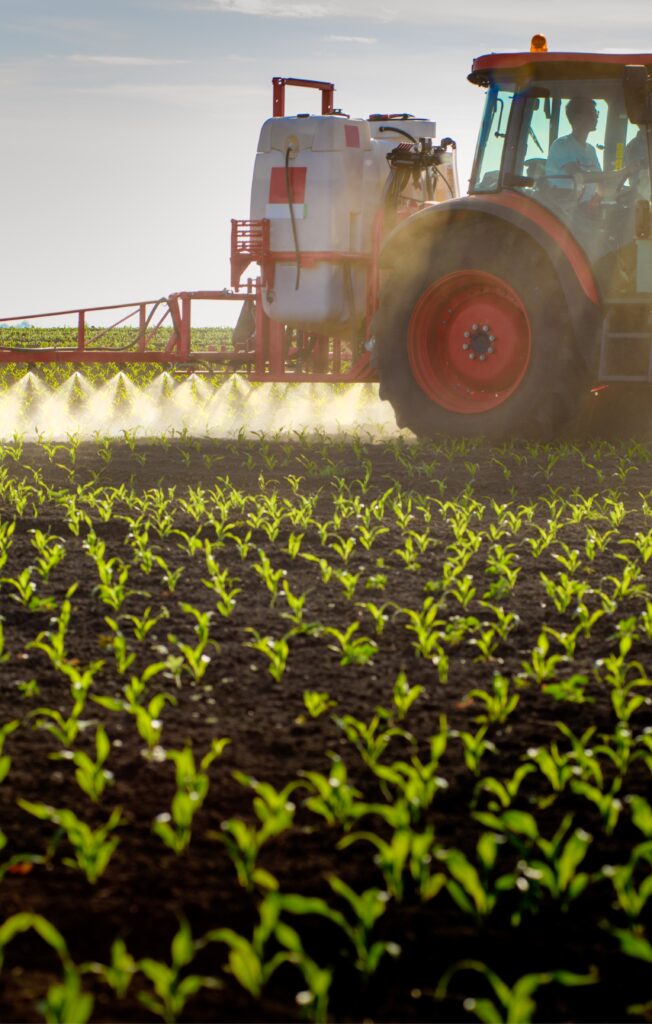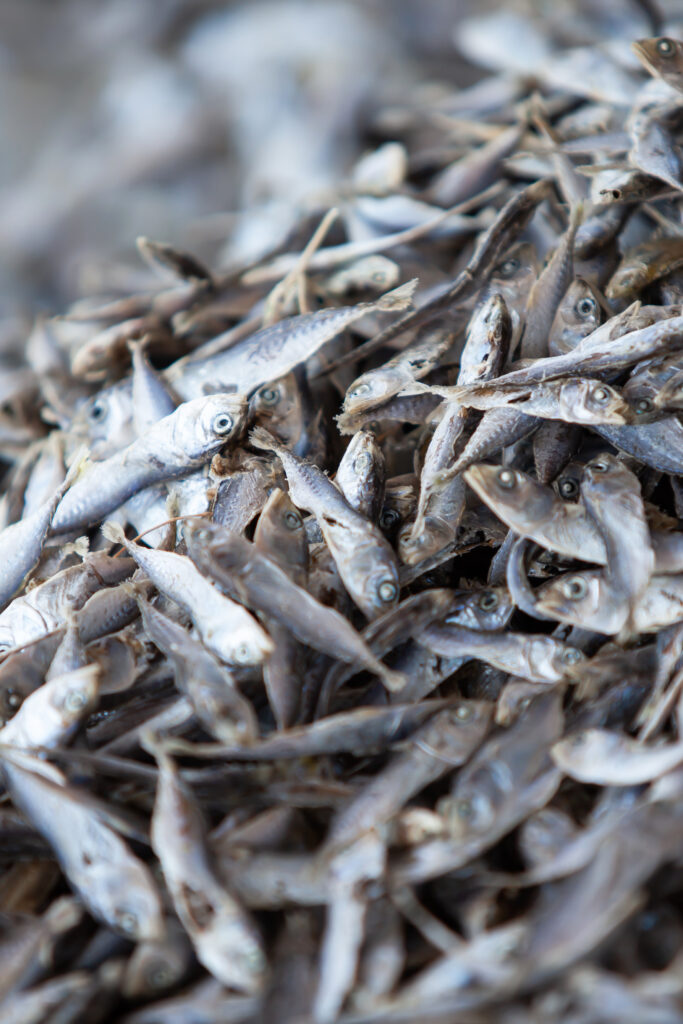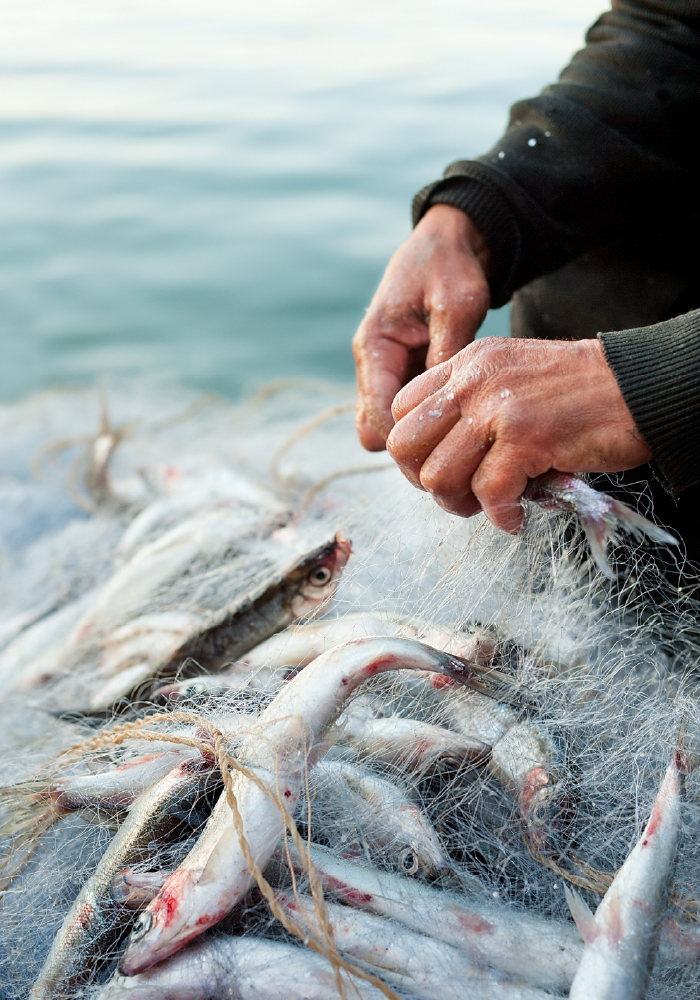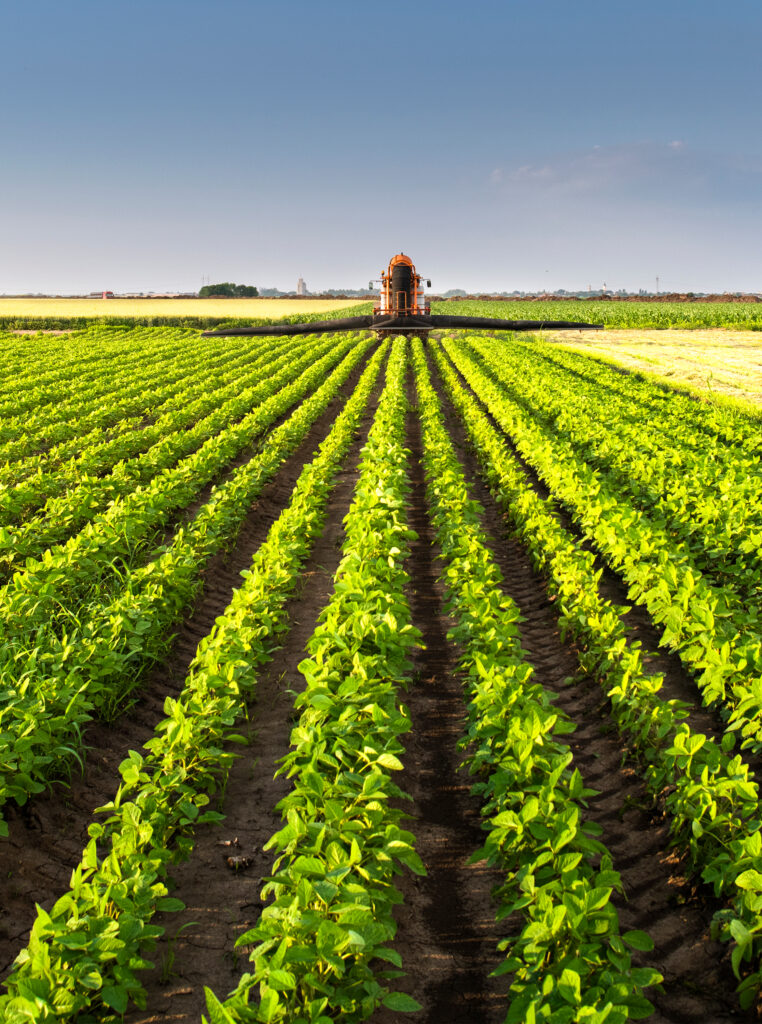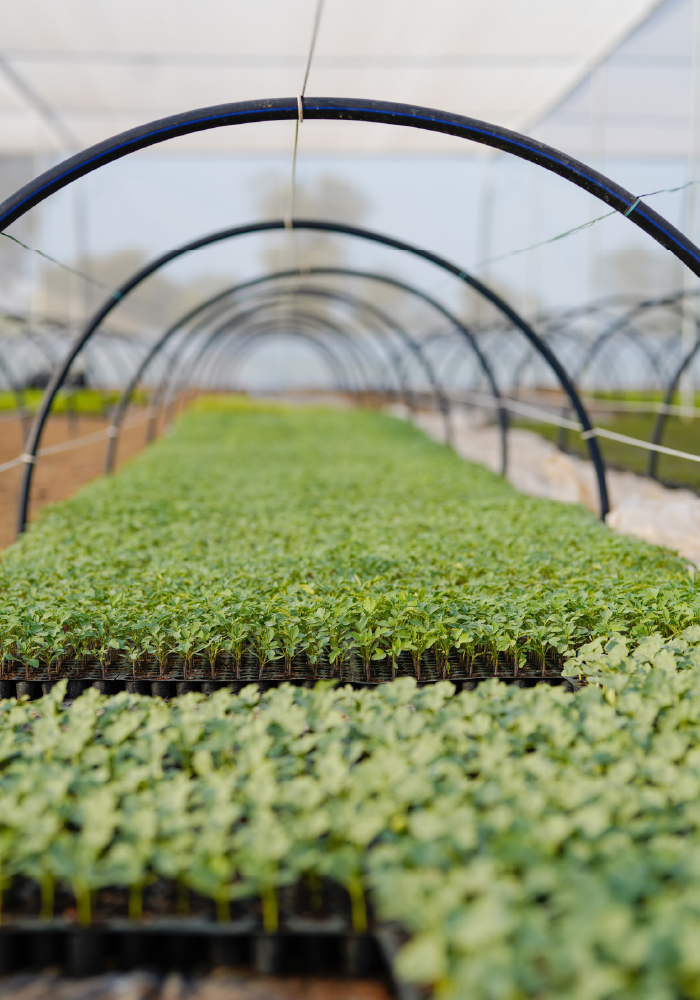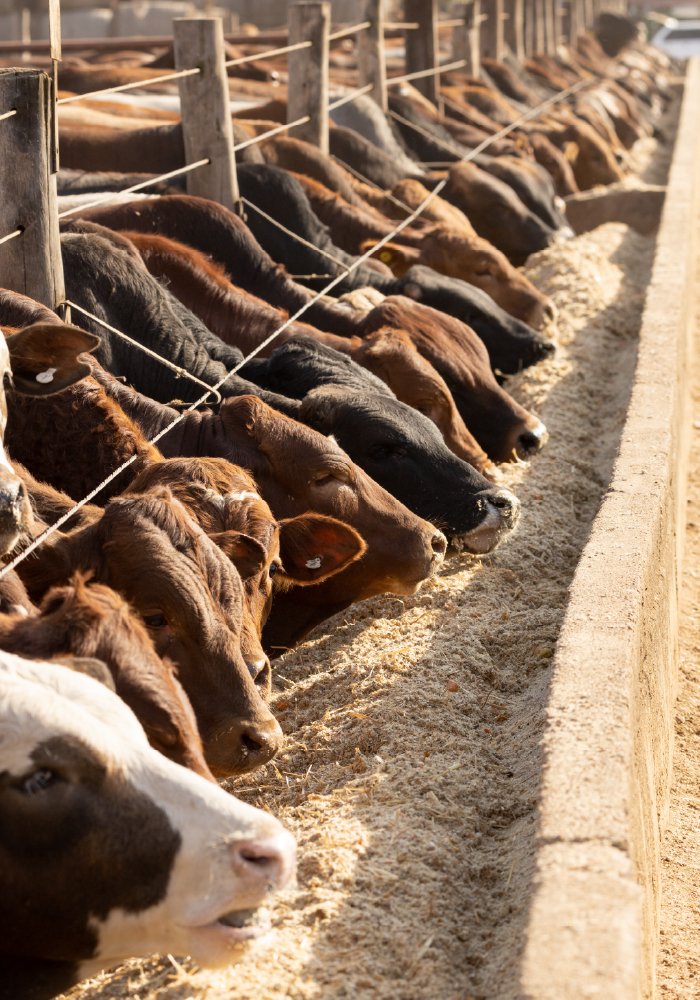- Back to blog
- 28 August 2023
- Industrie
Five amazing products you can find with us
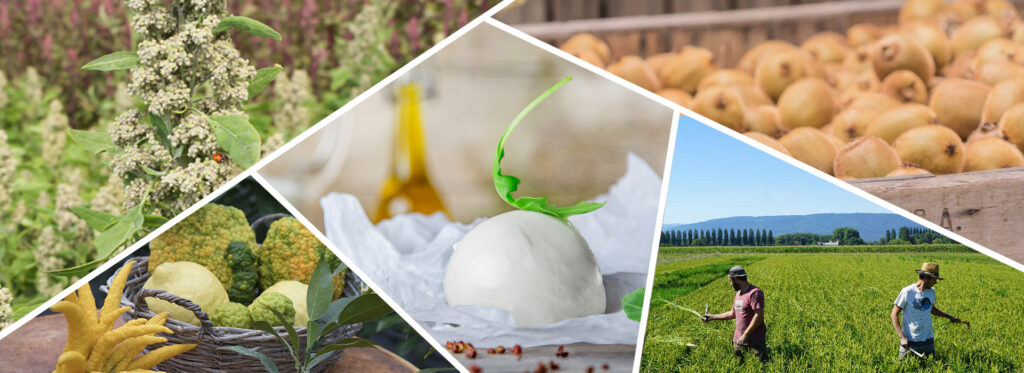
Not always necessary to search far for 'exotic' foods. Focus on five amazing products that grow here or are made here. Delicious and with excellent results. ECO-SCORE® by Beelong!
The distance between production, manufacturing, and consumption sites, as well as the production conditions, are among the many criteria considered by the method ECO-SCORE® by Beelong to calculate the environmental impact of a product. A seasonal production (i.e., without heated greenhouses) that promotes biodiversity and avoids air transport is also favored, among other factors.
Did you know, for example, that the following five food products which we imagine as distant, are grown or produced here?
KIWIS
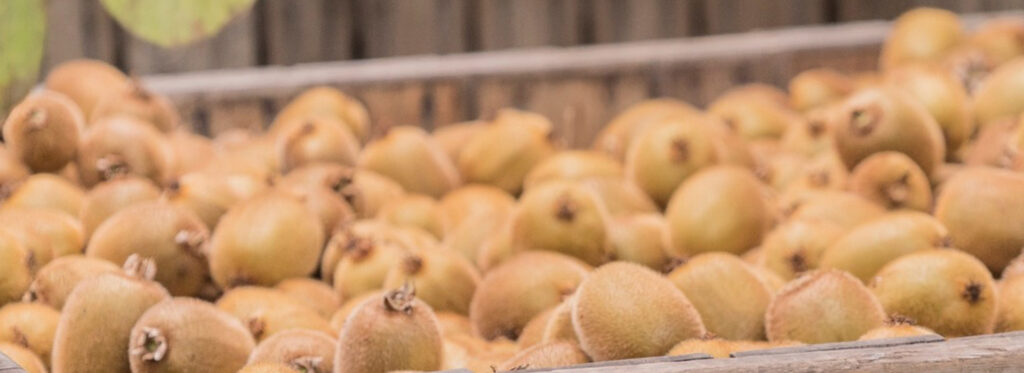
The largest kiwi production in Switzerland is located on the Vaud Riviera, in Allaman. The microclimate by Lake Geneva, which protects from frost and offers excellent alluvial soils, allows for Domaine de la Pêcherie to grow this fruit locally for nearly forty years, including thirty years organically without any treatment. Originally from Chinathe kiwi thrives in our temperate climate, even in harsh winter conditions. It is an excellent source of vitamin C.
The farm now covers around twenty hectares, supplying 80 to 90% of Swiss production, which amounts to 300 to 400 tons per year.. Other farms under ten hectares exist in the cantons of Ticino, Zurich, and Aargau. However, domestic production remains modest compared to Italy (400,000 tons), China, and New Zealand.
Season: January to April.
QUINOA
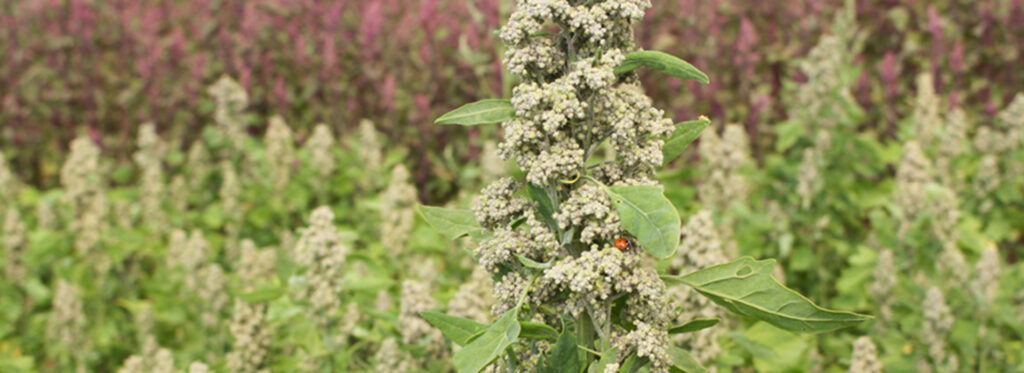
Quinoa is spontaneously associated with the high plateaus of the Andes in South America., where it has been grown for over 5,000 years. However, this plant now grows in more than 125 countries, including Switzerland! The relocalization of this crop has been particularly encouraged since 2014 by IP-Suisse in integrated production, and then by Bio-farm in organic farming.
Rustic, this pseudo-cereal has the advantage of adapting to poor soils.However, domestic quinoa production remains low compared to other crops present in Switzerland, such as wheat, and compared to the main quinoa-producing countries globally, which are Peru, Bolivia, and Ecuador.
From a nutritional perspective, quinoa is gluten-freeWith a high protein content, it contains all nine essential amino acids and numerous fatty acids (Omega 3, Omega 6, Omega 9). It is also rich in fiber, carbohydrates, minerals, and magnesium.
Season: sowing in the autumn, in October, and harvest in August.
Rice
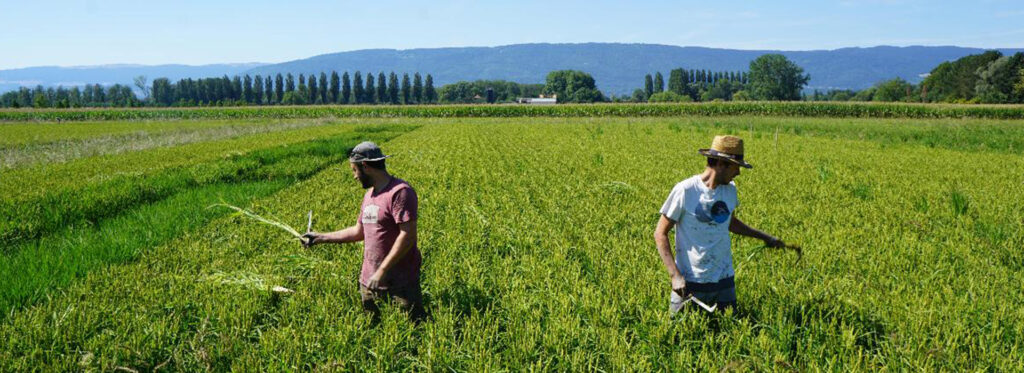
Rice cultivation in Switzerland began in Ticino in the 1980s, with an annual production of 450 tons, and various trials have been conducted in recent years to the north of the Alps, in the context of climate change and biodiversity promotion. While it is grown in dry conditions in Ticino, theGI Wet Rice Association supports research, cultivation, and the exchange of experiences around this cereal originally from Asia..
The Guillod family is one of the pioneers in this field with Rice from Vully. At present, the only variety that can guarantee a satisfactory harvest in Switzerland is the Loto variety, a semi-complete risotto rice that is also suitable for preparing pilaf rice. It is possible to visit the estate."
From a biodiversityperspective, the cultivation of wet rice (a flooded rice technique as in most producing regions) allows for the creation of wetlands that benefit both fauna and flora, such as green frogs, pool frogs, snipe, common redshanks, or spirodeles with multiple roots.
Season: Ready for sale between October and December, depending on the region.
Citrus fruits
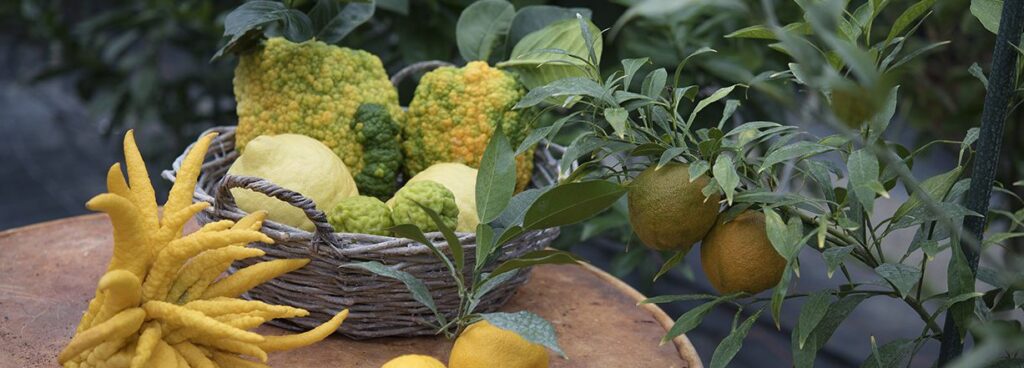
In Borex, in the canton of Vaud, lies an unusual farm. Niels Rodin's one, who grows over 200 varieties of citrus fruits under the Demeter (biodynamic), organic, and SwissGAP labels. These fruits originally come from subtropical countries and the Mediterranean region, with a winter seasonality.
The Citrus Farm aims for self-sufficiency in the biodynamic movement (own weed killers, compost, fertilizers, biological pest control, etc.). The entire site is nearly energy-independent (solar panels, thermal panels, heat pumps for water and electricity) and in terms of water (rainwater harvesting). More generally, the farm advocates for zero waste, the repurposing of unsold products, and zero plastic.
Swiss citrus fruits, a rarity, are particularly appreciated by top chefs and the HORECA sector, but also by private customers. For year-round availability, they are available in grocery products and spirits, sold on the e-shop and at Manor. Visits to the estate by appointment (visit@lfaa.ch) and fruit sales on-site or delivery by post on request (ventes@lfaa.ch).
Season: season start at the end of October (lime, combawa, Satsuma mandarin, finger lime, etc.), peak season from mid-November to late December (yuzu, Buddha's hand, citron, bergamot, etc.), off-season from January (lemons, oranges, mandarins, etc.), from March (pomelo, kumquat), end of season in April-May (konatsu).
MOZZARELLA DI BUFALA
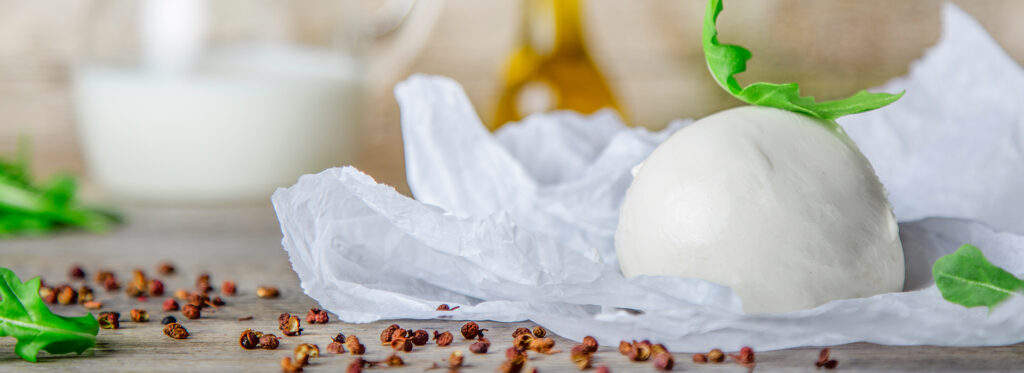
As surprising as it may seem, there are several dairies producing mozzarella di bufala in our regions, along with other dairy products made from Swiss buffalo milkThis is the case with Ferme Stähli and its dairy in Travers, which was the first farm in Romandy to welcome buffaloes in 1999. Today, it has 350 animals, making it the largest herd in the country. Fromagerie André in Romanel-sur-Morges processes the buffalo milk from the Ferme du Moulin d’Amour in Gollion, while Mozza’fiato in Cuarnens sources organic milk from Brunnenhof, a farm located in Sins, with the aim of certifying its mozzarella di bufala as organic.
The buffalo was domesticated in Asia and appears to have reached Italy with the Arabs as early as the 10th century via Sicily. Since 1996, Mozzarella di Bufala Campana has been granted a Protected Designation of Origin (PDO) with a specific set of guidelines. The Swiss mozzarella di bufala offers a less briny taste compared to its coastal cousin, as the Swiss buffaloes are fed herbs and hay.
Buffalo milk is twice as fatty as cow's milk (8% fat content) and contains less lactose.People who are lactose intolerant or allergic to cow's milk usually tolerate it better. It is also more digestible and rich in iron, calcium, vitamin A, and zinc.
Season: Production year-round, peak consumption in summer.
The Beelong Team



